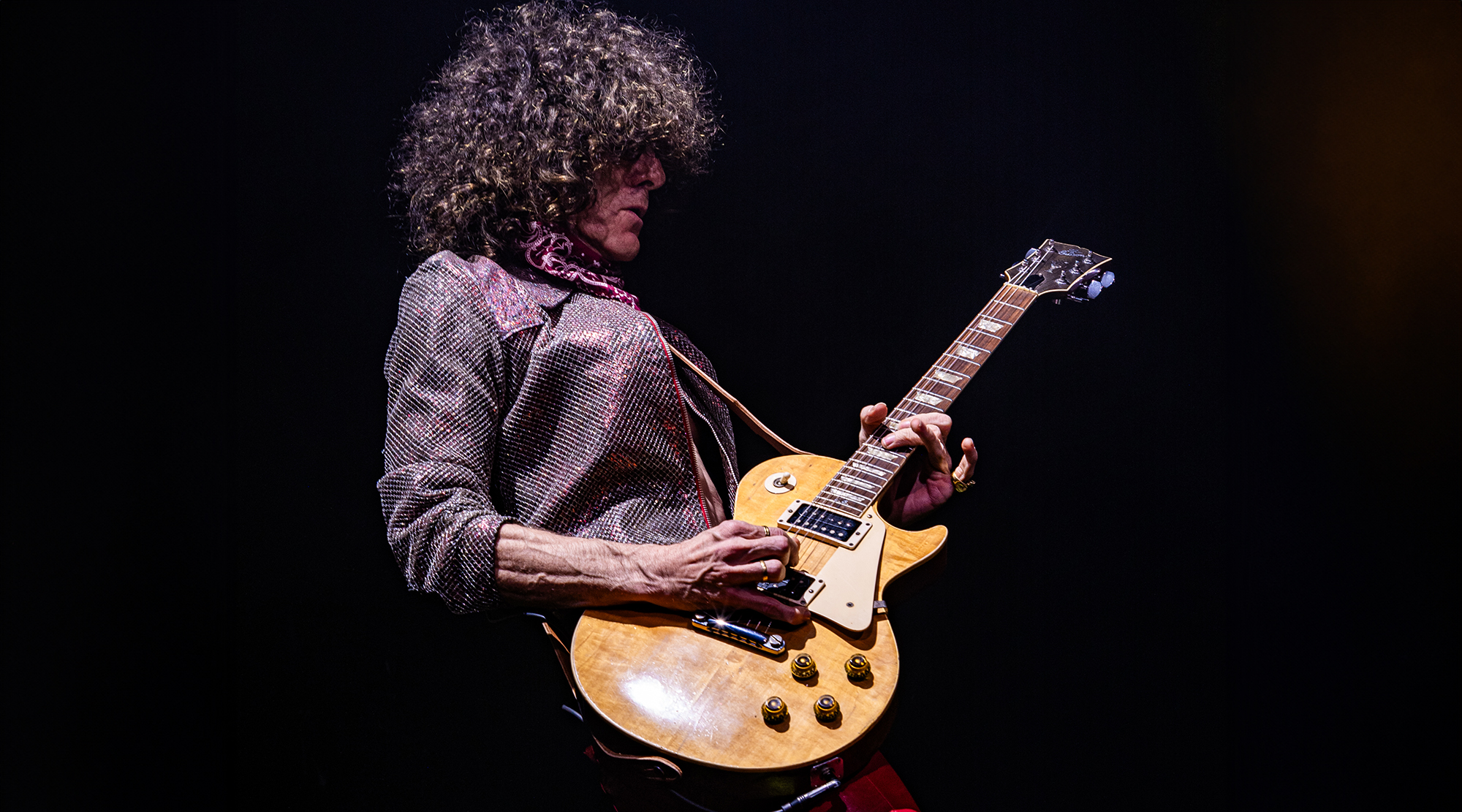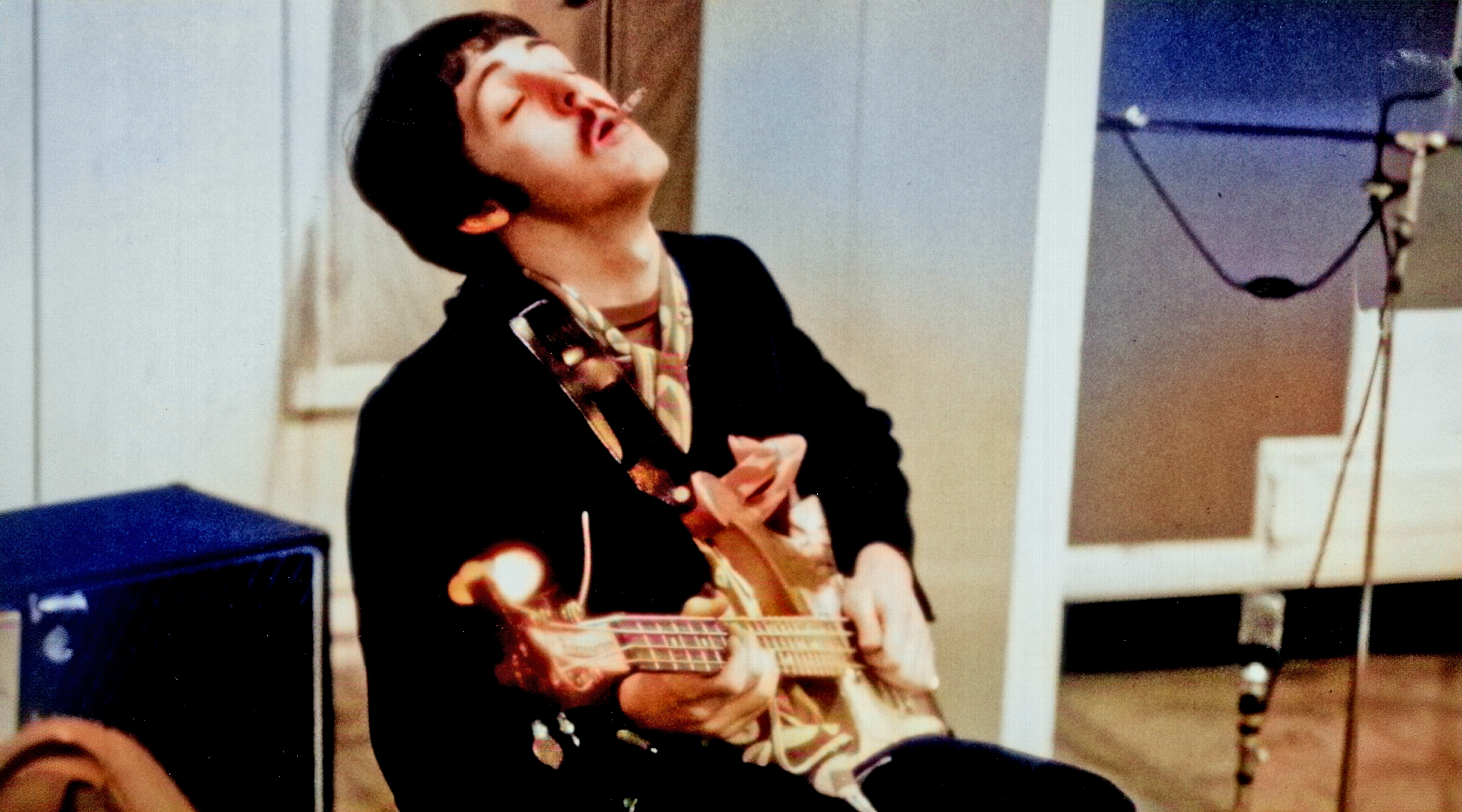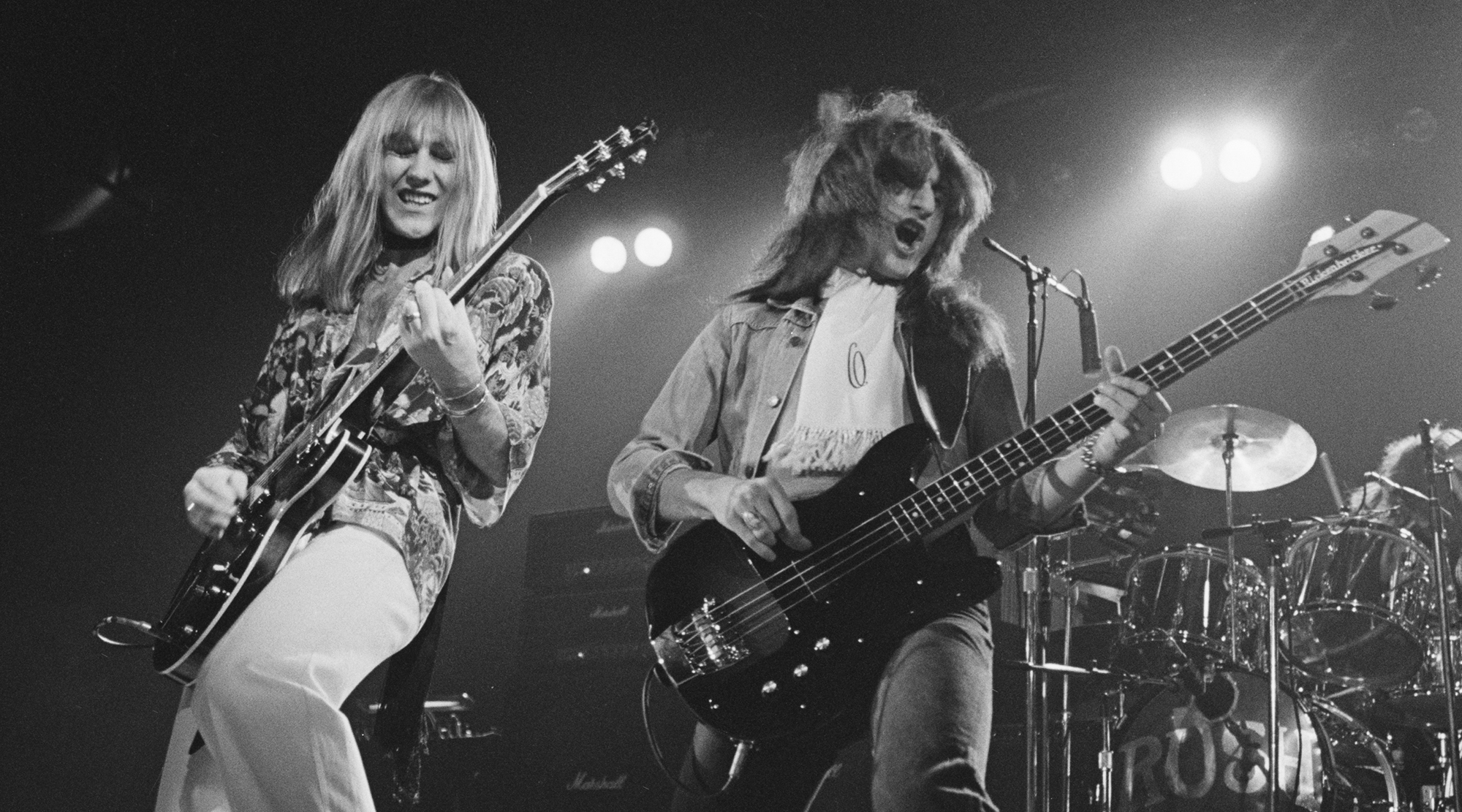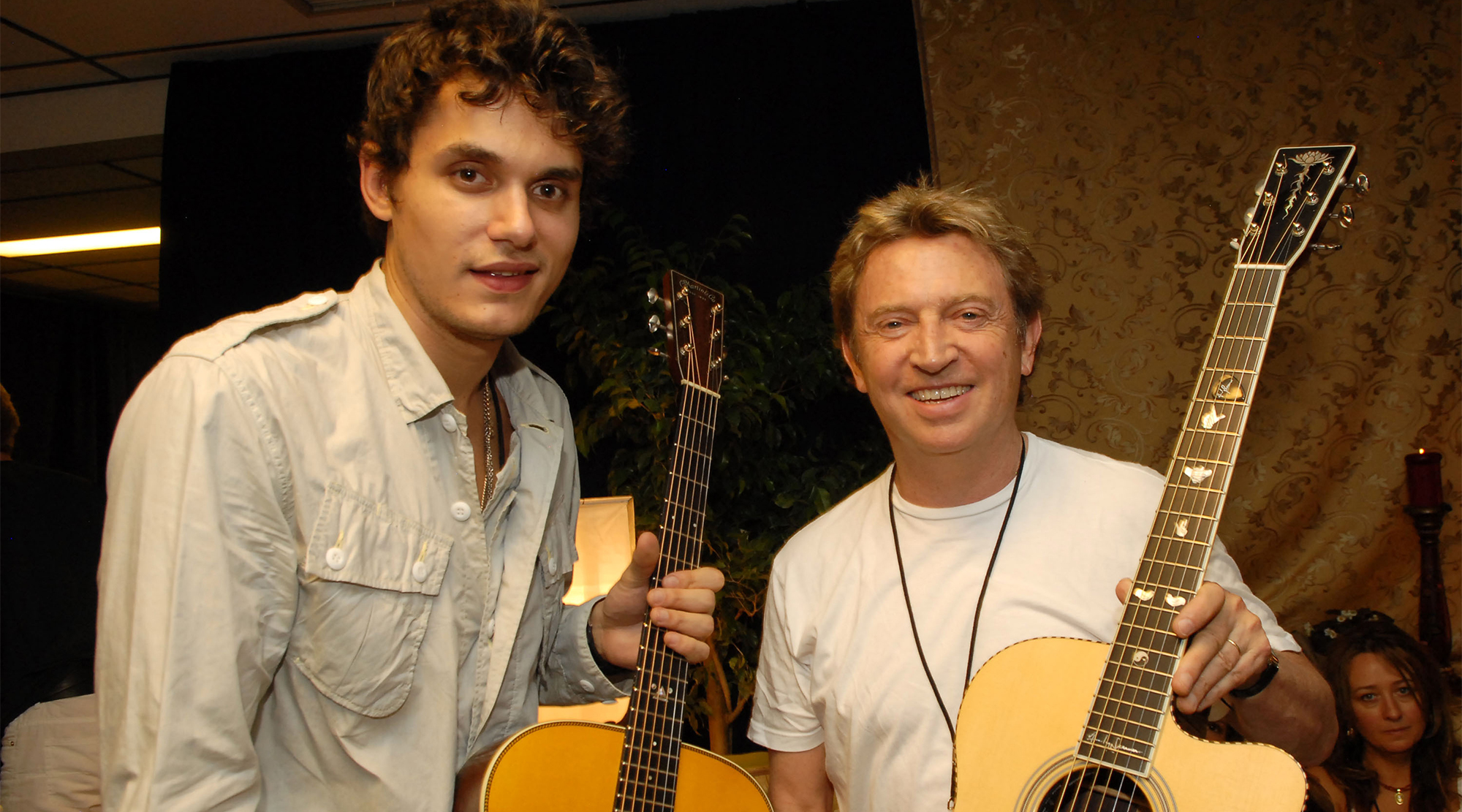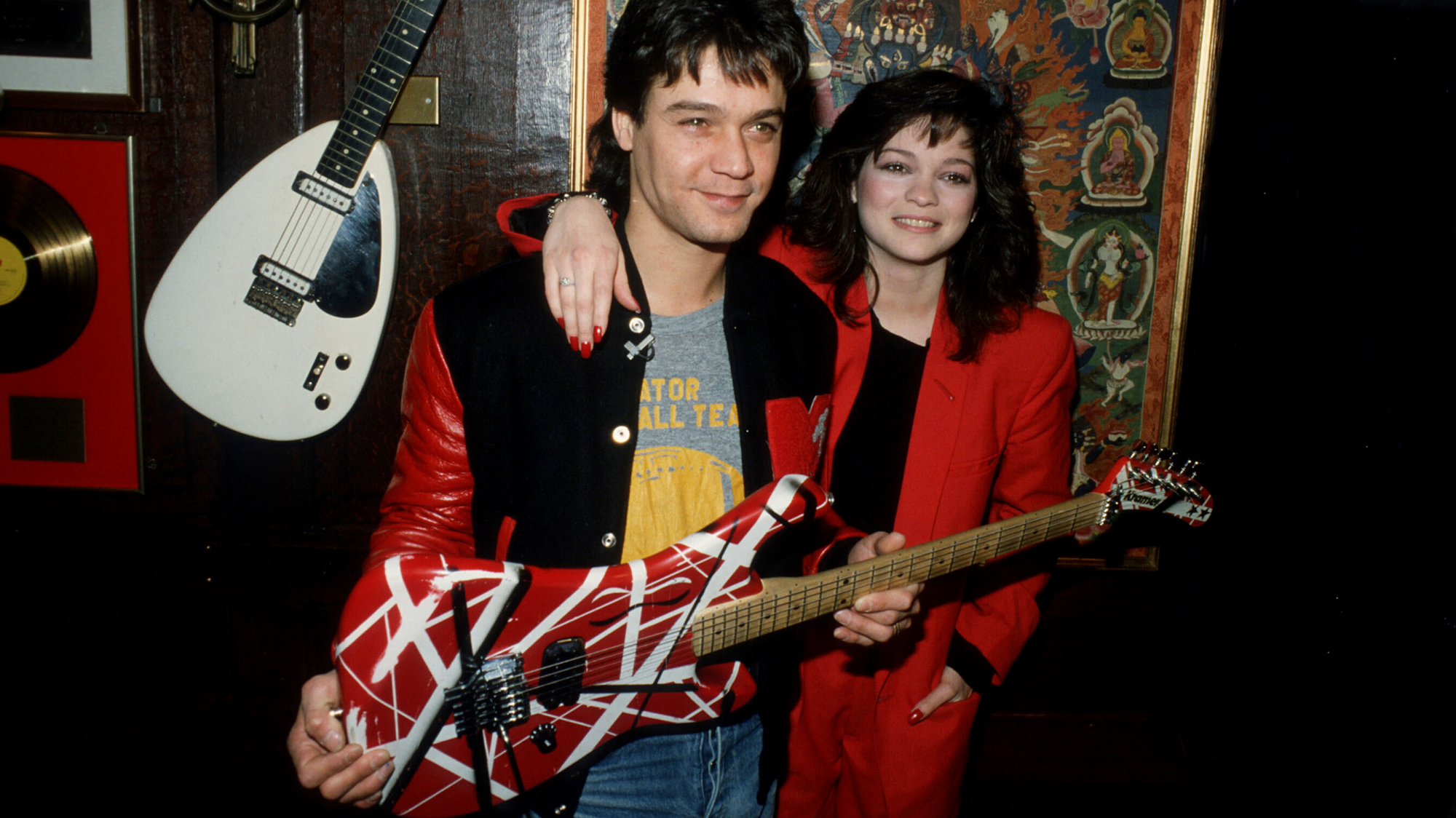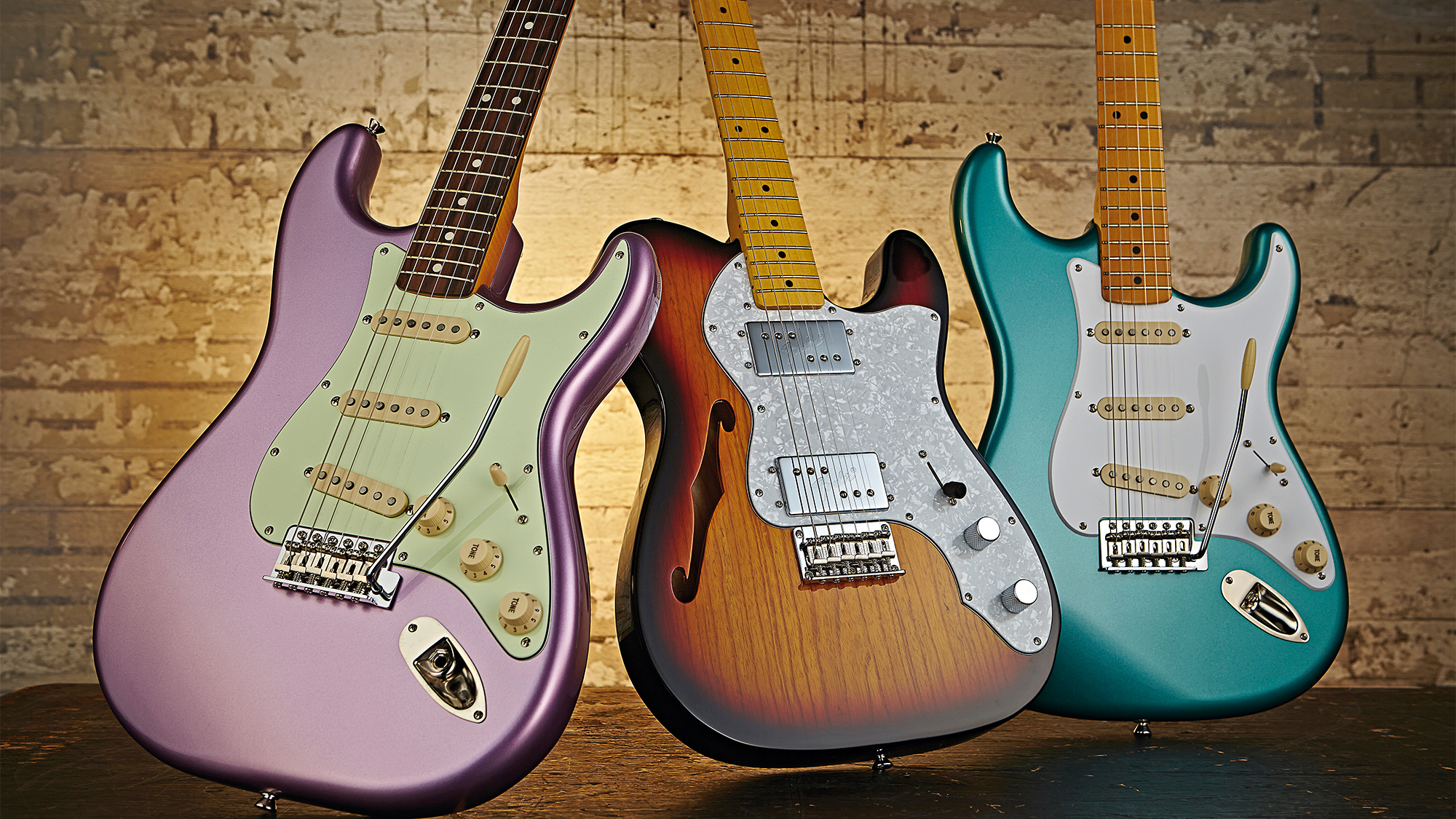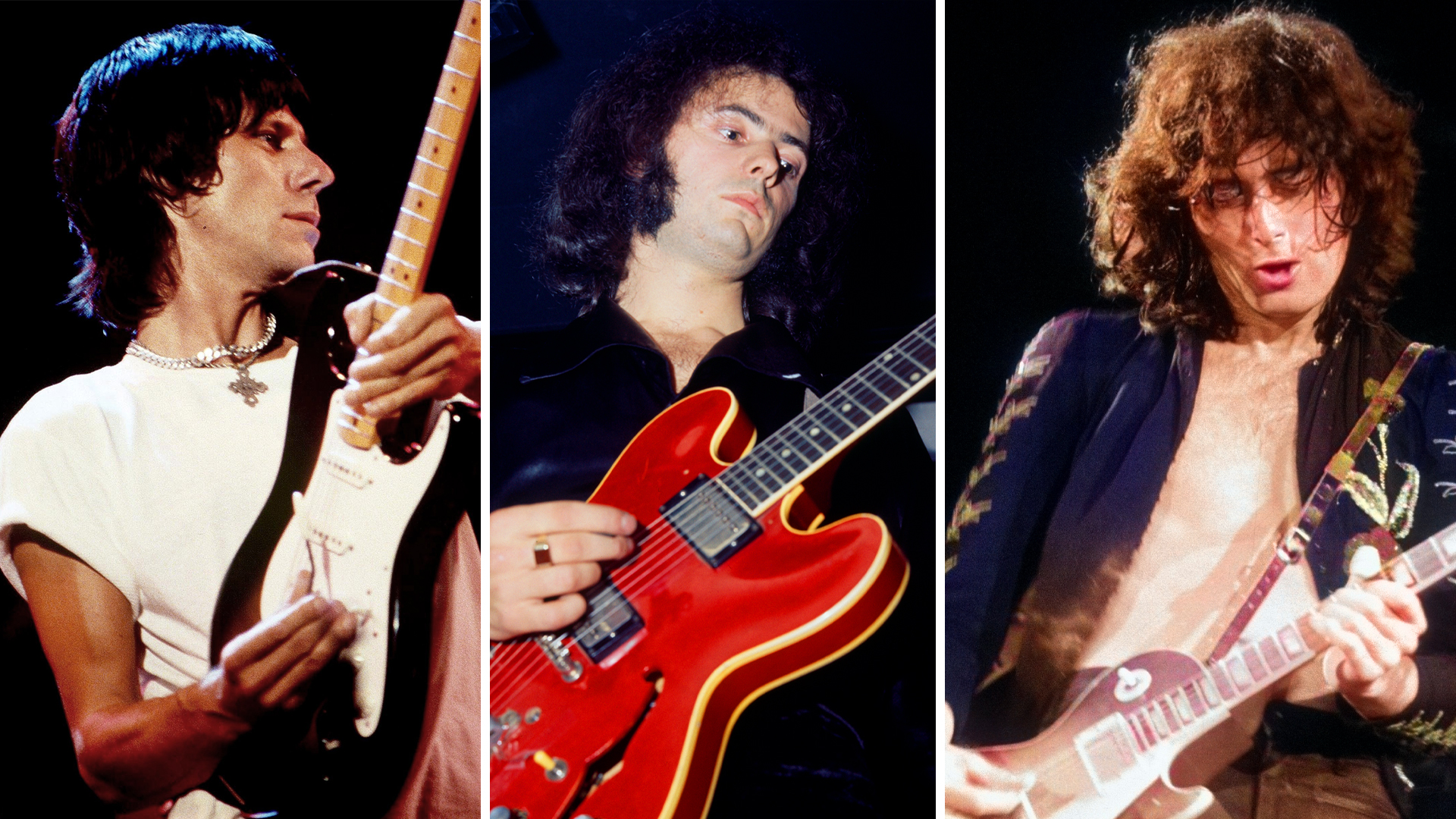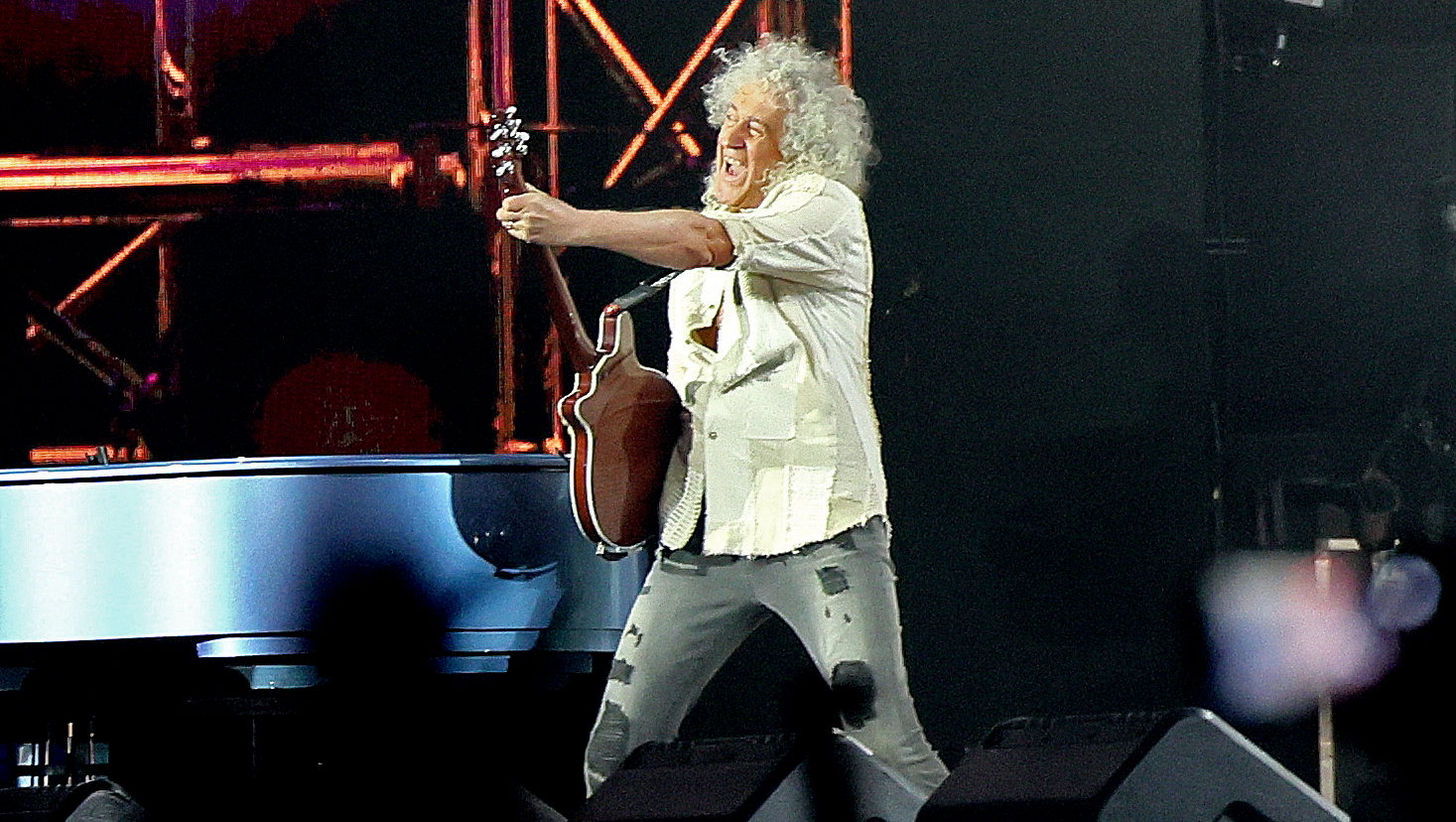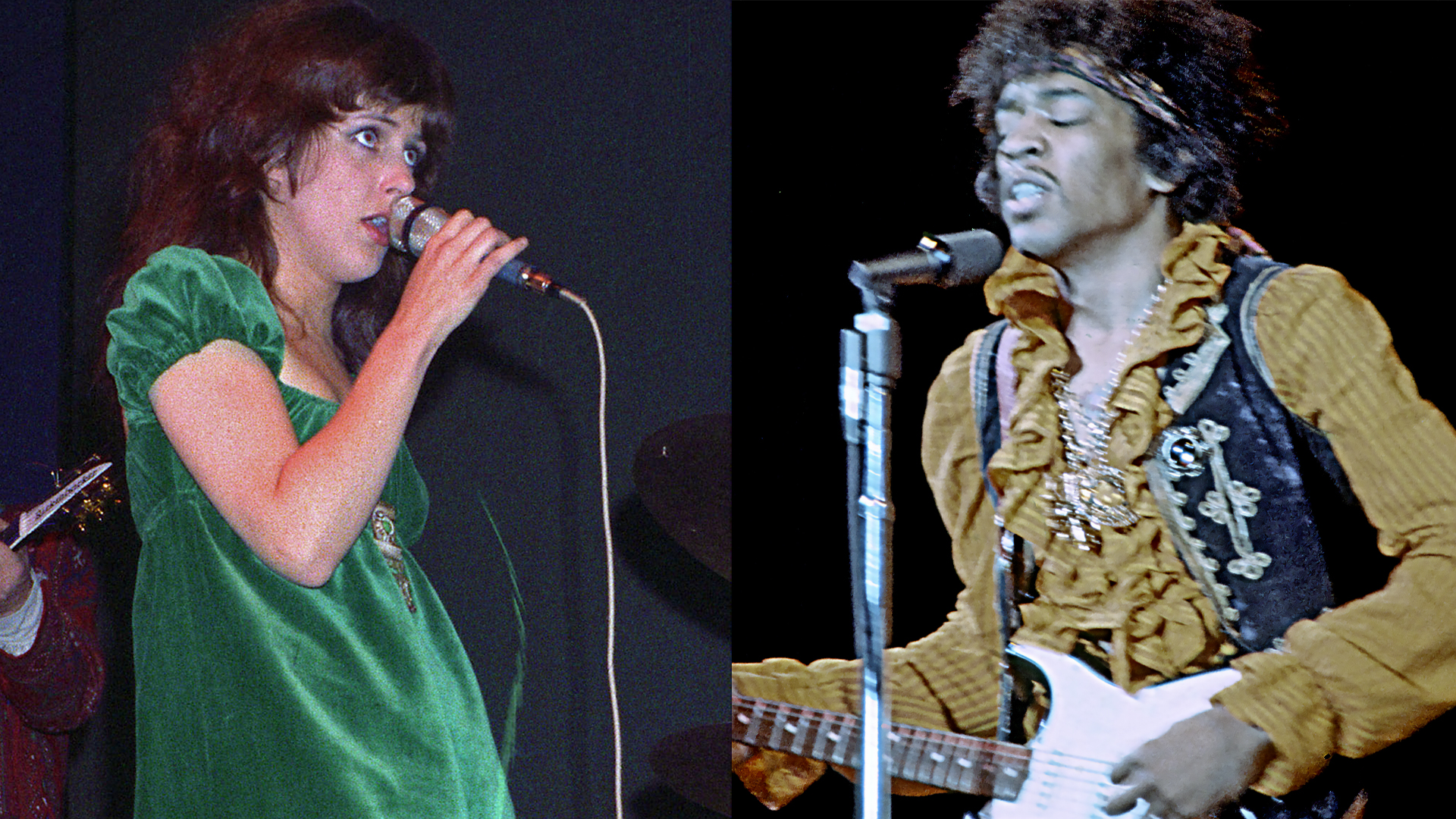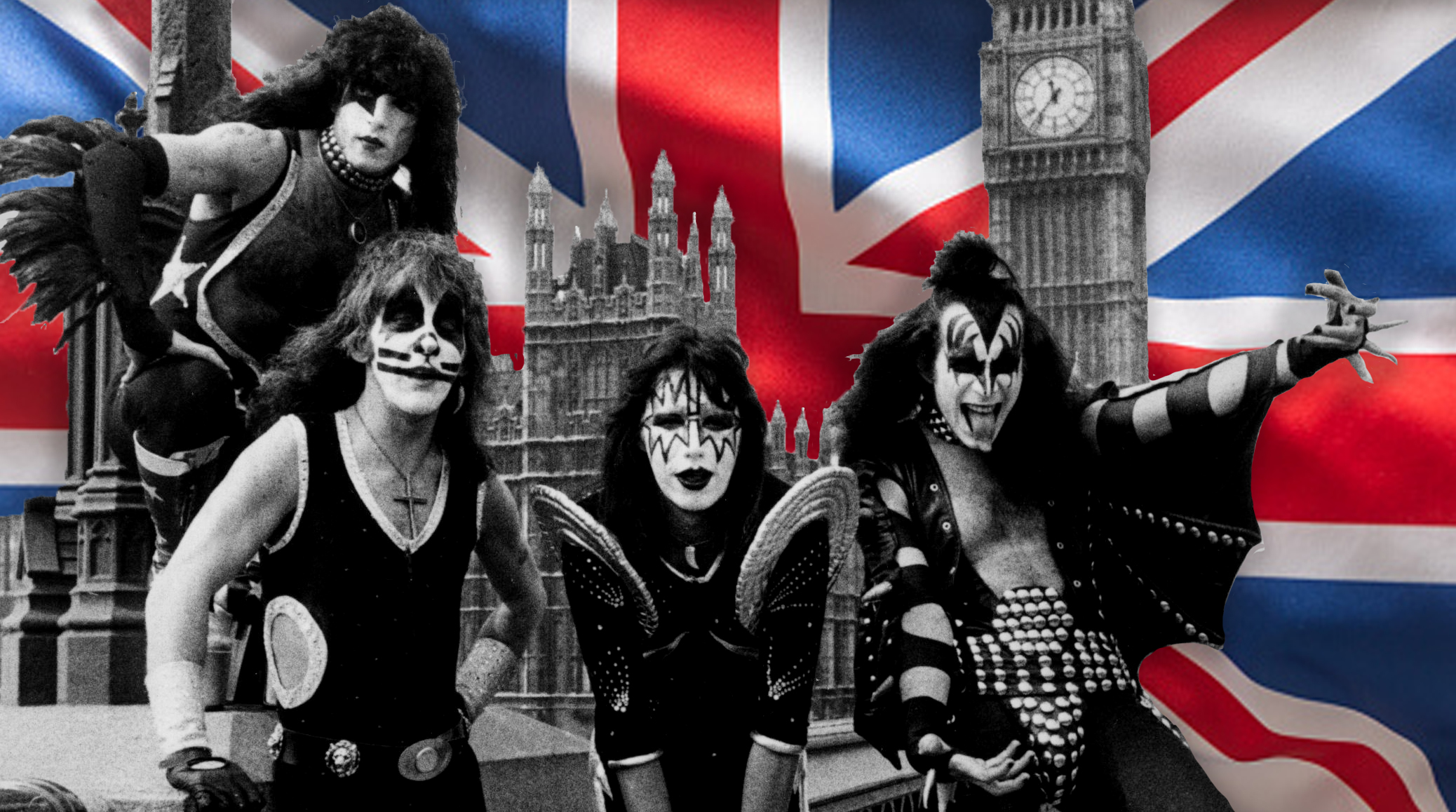"Playing a six-string is like driving a truck. But a four-string tenor is like driving a sports car." Tenor guitars are thriving again in the hands of modern players like Neko Case and at this May's annual Tenor Guitar Gathering
Presented by the Tenor Guitar Foundation, the Gathering offers performances, workshops and events designed to foster awareness of the tenor guitar
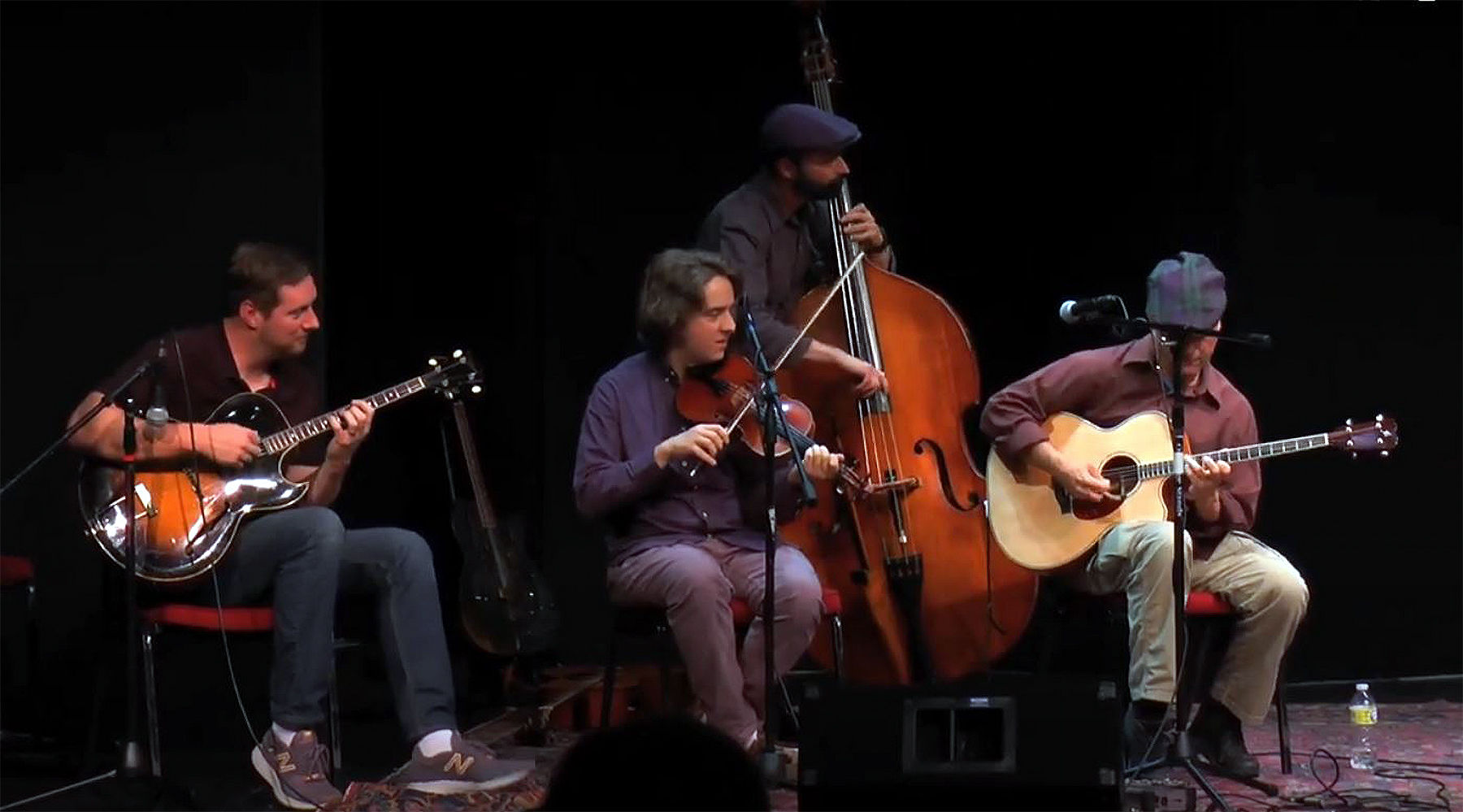
Guitars come in many forms, mostly with six strings or doubled to 12. The tenor guitar — with just four strings — is a notable exception. Tenor guitars were hugely popular during the original jazz age in the hands of proponents such as Tiny Grimes and Eddie Condon, and the style remained on radar through the folk movement with high-profile players such as Nick Reynolds of the Kingston Trio wielding a signature Martin.
Eventually, though, the tenor became a niche thing, celebrated by just a few well-known artists, including David Grisman, Ani DiFranco and Neko Case. But a resurgence has been building through an active subculture of tenor enthusiasts. Many make an annual pilgrimage the weekend after Memorial Day to the Tenor Guitar Gathering in Astoria, Oregon, which is put on by the Tenor Guitar Foundation, a non-profit organization established by the late enthusiast Mark Josephs in 2009. To learn more about the instrument and the culture, we caught up with TGF president John Halovanic as well as Donna Josephs, Mark Josephs’ sister and a TGF board member, whose insights inform this overview on the six-string’s kissing cousin.
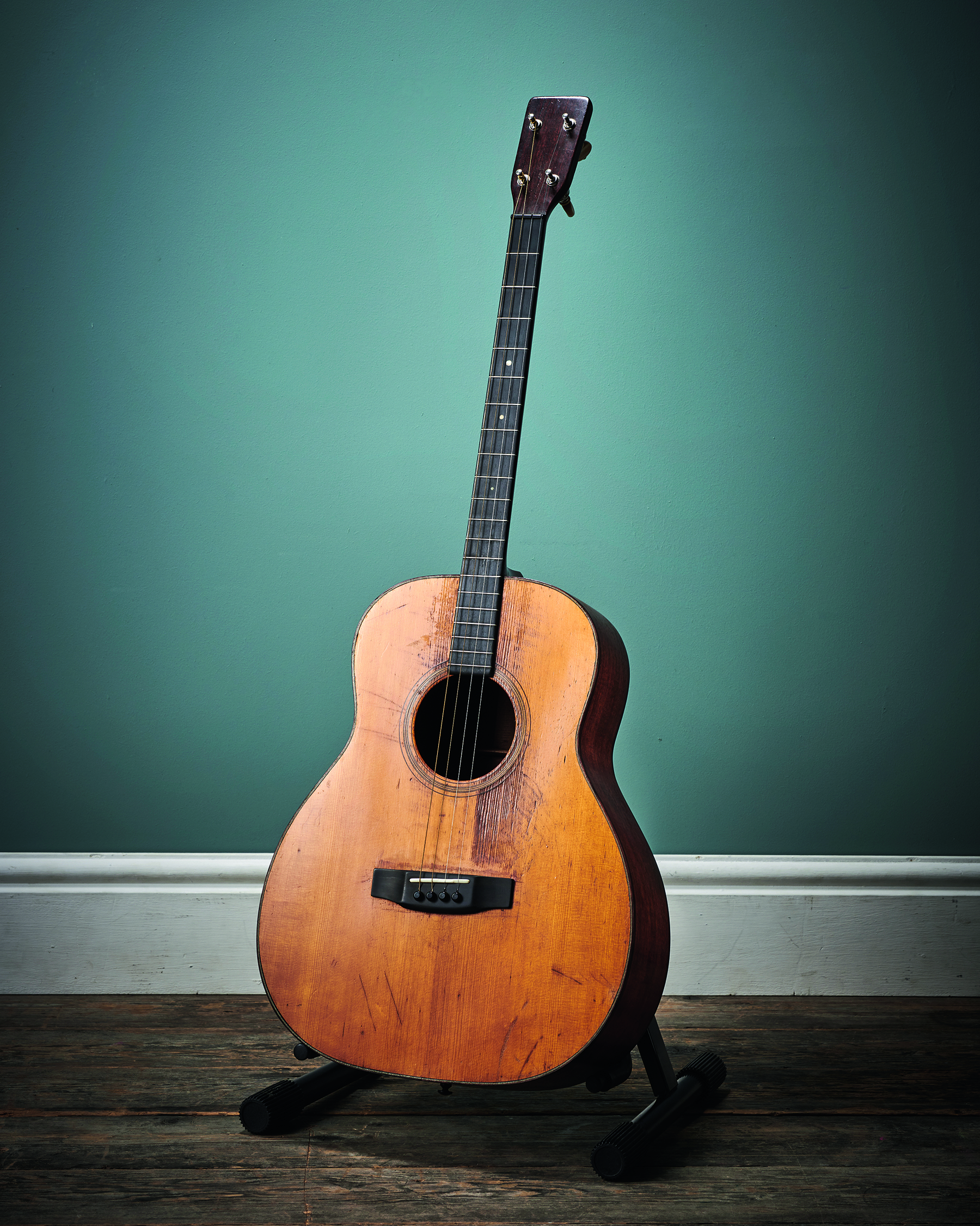
BASIC 4
The Tenor Guitar Foundation motto, “Fostering musicianship four strings at a time,” speaks volumes about their mindset. They identify more directly along with players of the ukulele, bass and tenor banjo than traditional guitar. But like the six-string, that’s pretty much the main thing specifically unique to the instrument. Tenor guitars have four strings in common, but they come in all shapes, sizes and styles, from flattop acoustic guitars, to resonators, hollowbody archtops and solidbody electric guitars.
A BRIEF HISTORY OF THE TENOR GUITAR
The tenor guitar grew out of the mandolin and banjo craze of the early 20th century. It has the body of a guitar married to the neck of a tenor banjo, with a scale length of around 23 inches. The design worked great for a banjo player seeking a more pleasant tone, and mandolin players looking for a deeper, single-string sound could appreciate that it was essentially a guitar version of a mandola, the larger ancestor of the mandolin. Legend has it that the tenor guitar grew in popularity during the Prohibition era, as it offered four-string banjo players a mellower-sounding option that wouldn’t alert the police to alcohol-fueled jams happening at the speakeasy.
TENOR TUNINGS
The three most popular tunings are standard, Irish and Chicago. Standard tenor tuning, from low to high, is C G D A, so it’s in tuned in fifths, like the tenor banjo, mandolin and violin.
Irish tuning is a fourth below standard like an octave mandolin, which is, from low to high, G D A E. John Halovanic says, “That’s how I like it, because it puts you closer to a regular guitar, within three frets. You can pretty much play any guitar piece, except for three notes.”
Some players, particularly six-stringers, prefer Chicago tuning, which is exactly like the top four strings on a guitar, low to high, D G B E. Halovanic says, “A lot of players transitioning from six-string use Chicago tuning.”
Get The Pick Newsletter
All the latest guitar news, interviews, lessons, reviews, deals and more, direct to your inbox!
TENOR TONES
Tuning in fifths with only four strings makes chords sound more open, with less redundant notes. It also makes single-note runs more linear, often up and down a single string rather than across two or more, because there’s more range to cover before you encounter the same note on the string above compared to an instrument tuned in fourths. Like on mandolin, droning an open string while playing a melody on a neighboring string is a common technique. Tenor can sound complementary to a six-string, almost like having a second guitar player using a capo.
In a recent interview with Guitarist, Ani DiFranco described the tenor as having “a midrange sort of sound.” She adds, “How much room it leaves is cool for a change, and it makes me play different things.”

HOW DOES IT FEEL?
“Playing a six-string is like driving a truck, and a four-string is like driving a sports car,” Halovanic says. “Most chords only need three or four notes. Strumming campfire-style on a six-string, you wind up playing repeated notes. We call ’em the training strings. Cut ’em off. You don’t need those. All the notes you need are on the smaller four-string neck, which feels so nice and so sweet. When a six-stringer plays a four-string for a while and then goes back to the six, they’re like, ‘Oh my god, this thing is like a club.’”
MODERN TENOR GUITAR MAKERS
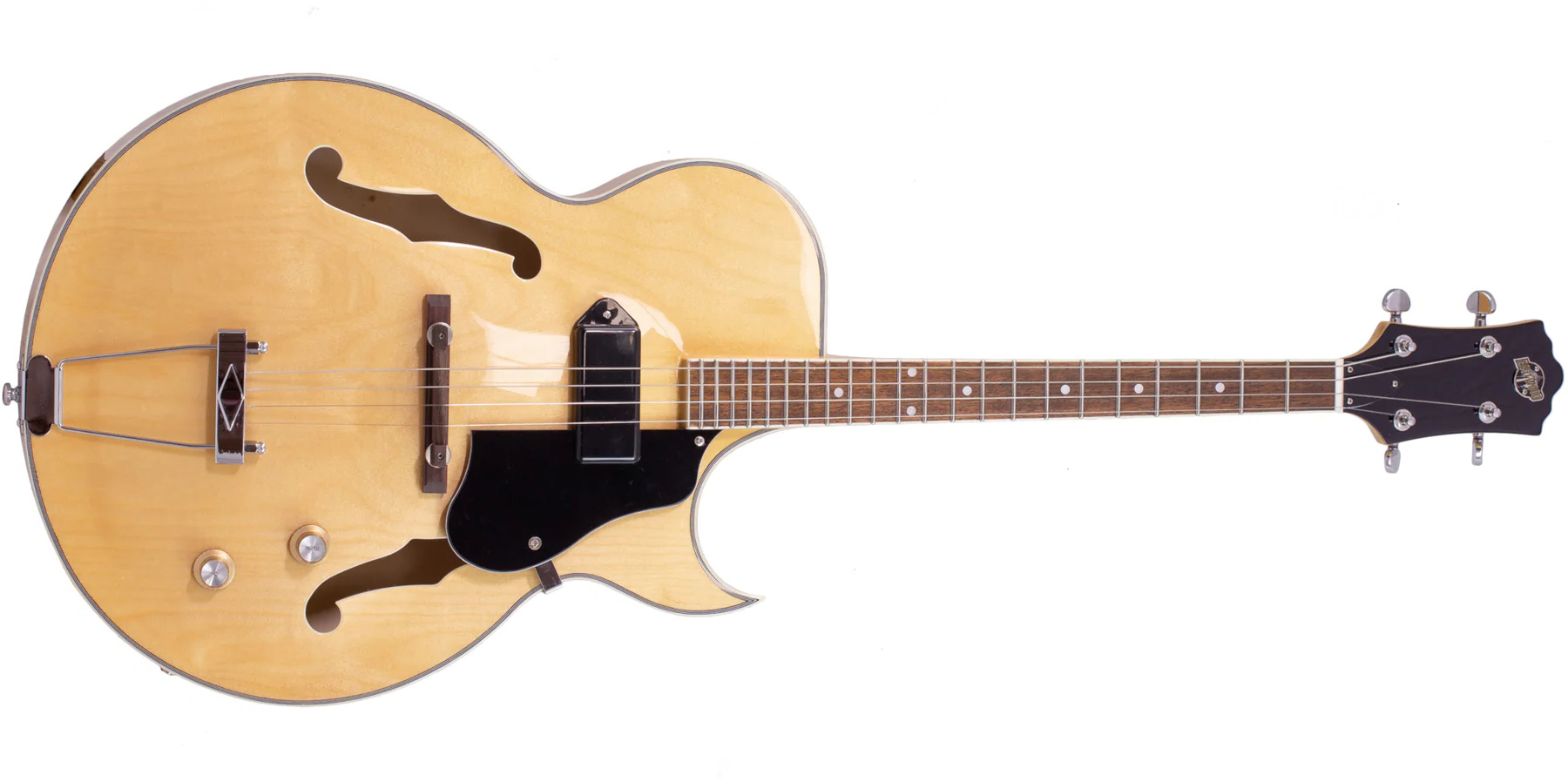
According to the Tenor Guitar Foundation, the largest modern manufacturer is Eastwood, and a collaboration between the two yielded the PG-150 Archtop Electric Tenor. Gold Tone makes lovely acoustics, and Blueridge maintains high quality acoustics as well. Craven Tenor Guitars makes a variety of handcrafted beauties. Kala, known for its vast array of ukuleles, makes the tenor KA-GTR acoustic in two wood combinations.
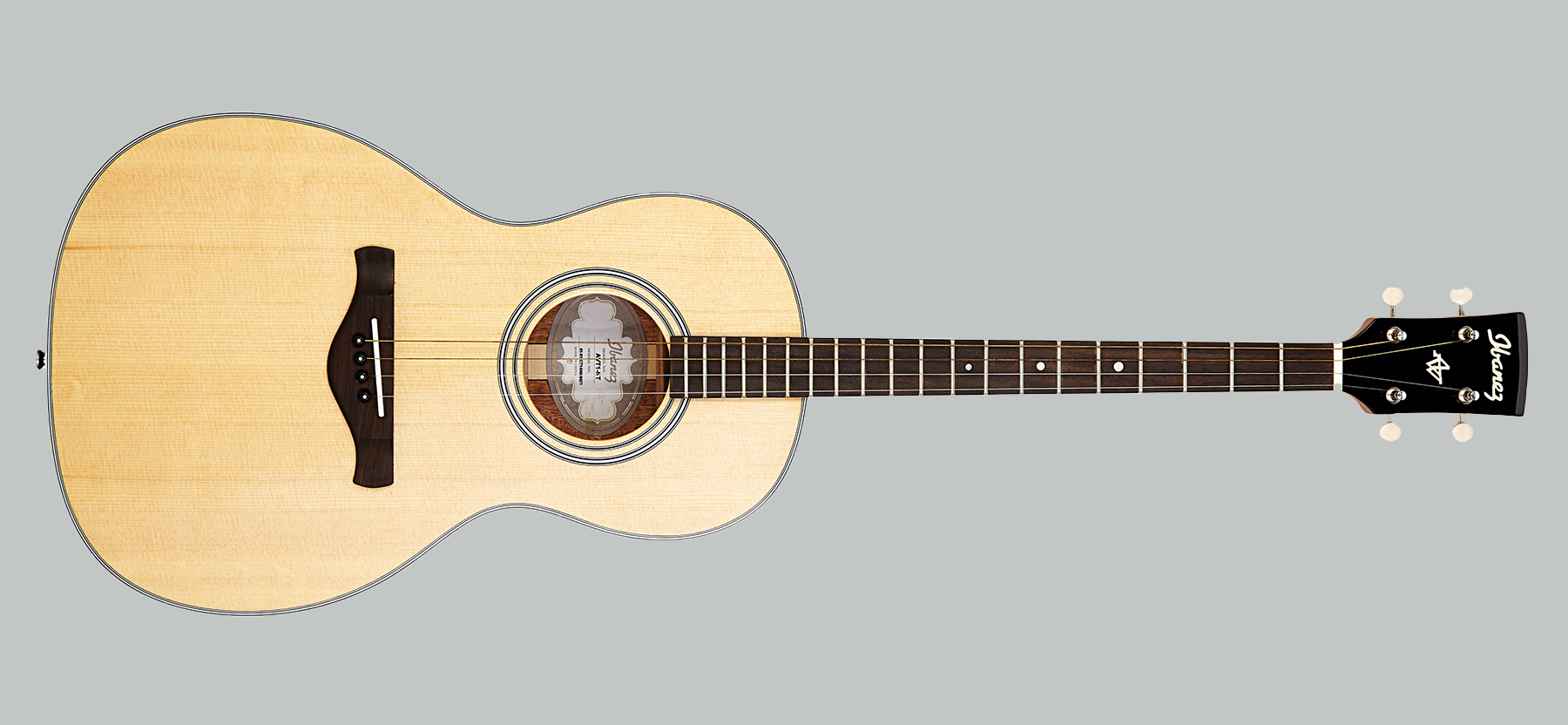
Ibanez used to make two tenors, and according to TGF the AVT1 Artwood Vintage Tenor Parlor Acoustic is the superior find online. Collings has also offered a range, including the 2H Tenor that debuted in 2016. Fender put out a cool Tenor Tele in 2019’s Alternate Reality Series, but that’s discontinued and they’re rather hard to find now too. Soares’y Guitars has been making terrific tenors for the longest time. They are abundantly awesome but limited in number. Martin and Gibson don’t make tenors anymore, but both were big on the little fellas back in the day, and vintage tenors from those venerable manufactures are often far more reasonably priced than their six-string cousins.
MODERN TENOR PLAYERS

Resurgent interest in tenor guitar attracts players from all ages, styles, and backgrounds. While nostalgic players of middle-to-older ages are drawn its deep history in jazz and folk, Halovanic testifies, “Lots of players being hired at the Tenor Guitar Gathering are young hot shots playing more rock and roll.”
Neko Case plays a variety of tenors, and it’s interesting to see her use a tenor Gibson SG in a folk-rock context on tunes such as “Lady Pilot.“ Originally from the 2002 album Blacklisted, it’s included on the 2022 compilation Wild Creatures and has over a million plays on Spotify. Watch her don the tenor SG in this recent, rocking version of “Lady Pilot.”
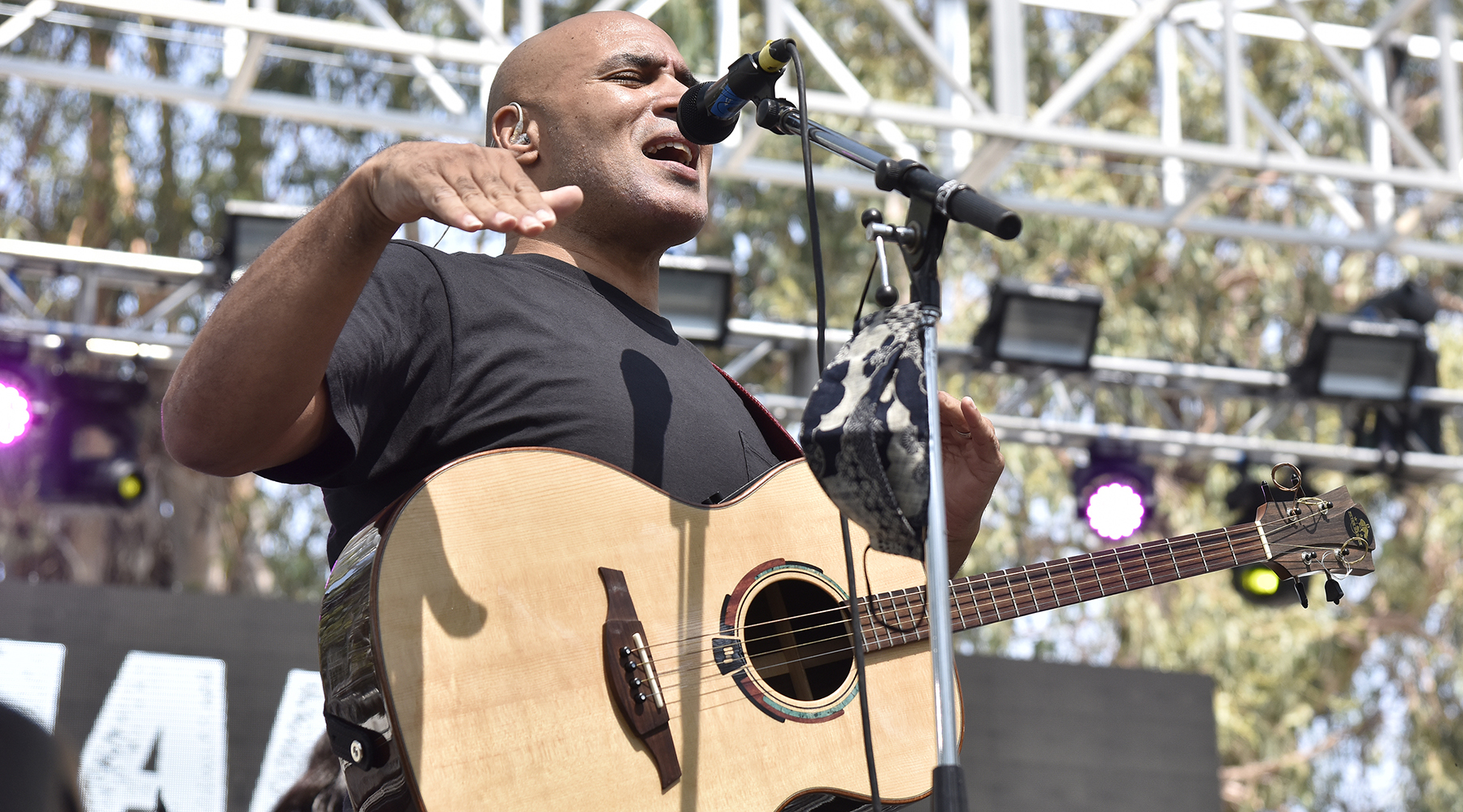
Singer/songwriter Peter Harper is a tenor guitar advocate. Like his Grammy-winning older brother Ben Harper, Peter grew up in the famous Folk Music Center where he was exposed to myriad instruments from around the globe, and from that large lot he chose the tenor as his primary songwriting muse.
Mandolin icon David Grisman has a huge collection of tenor instruments including a bevy of tenor guitars. Last year he put out a new Tone Poems collection of songs featuring a vast array of tenors played by “Dawg” with Tyler Jackson, who got into tenor guitar via the banjo. He is the co-curator at the American Banjo Museum in Oklahoma City, and their collaboration on Grisman’s Acoustic Disc label is called Tenor Madness. Jackson is often seen at the big event in Astoria, Oregon.
THE TENOR GUITAR GATHERING
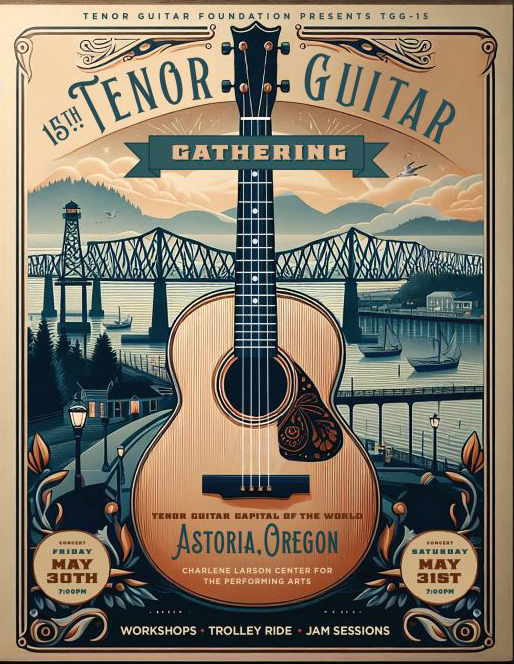
Ground zero for a great gang of tenor players of all skill levels is the Tenor Guitar Gathering. This year’s lineup is still being solidified. Notable confirmed players include Nashville luminaire Tim May, and Grant Flick, who pushes the envelope on a 5-string instrument with an extra low string.
The 15th Tenor Guitar Gathering is happening over the last weekend in May 2025, in Astoria, Oregon. According to Josephs, “TGG consists of concerts, workshops, jam sessions, a fun trolley ride through town where we all sing and play instruments; a gourmet lunch with tenor guitarists playing in the background, and the local Tenor Guitar Orchestra playing at the Astoria Sunday Market.”
The whole vibe is very community-oriented with more established players happy to help newbies find their way and get in on the open jams that run late into the night on Friday and Saturday. Kala donates a tenor guitar to a deserving student for the Rising Star Award. Gold Tone and D’Addario provide instruments and strings as well. The lineup for this year’s Tenor Guitar Gathering is almost locked and loaded. Keep an eye on the foundation’s website and YouTube channel and the Gathering’s Facebook page, and have fun on four strings!
Jimmy Leslie has been Frets editor since 2016. See many Guitar Player- and Frets-related videos on his YouTube channel, and learn about his acoustic/electric rock group at spirithustler.com.
"It's a powerful, versatile variation on the timeless Telecaster, with a vital back story to boot." We review the Fender Stories Collection Mike Campbell Red Dog Telecaster
Guitar Center's Guitar-A-Thon is back, and it includes a colossal $600 off a Gibson Les Paul, $180 off a Fender Strat, and a slew of new exclusive models
